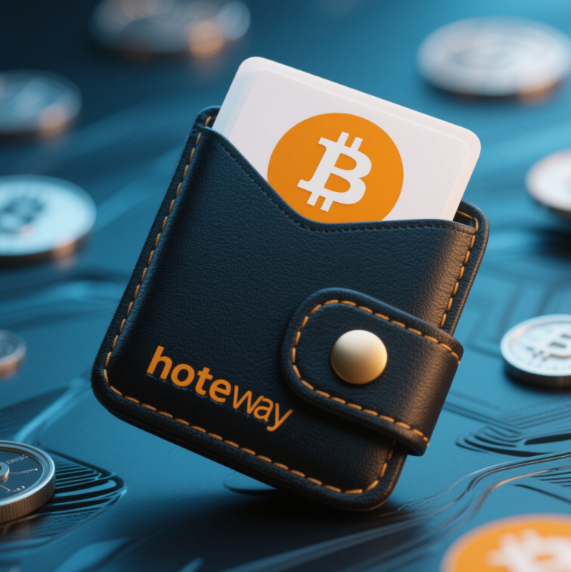In the world of Bitcoin and other digital currencies, wallets are where you safeguard your assets. However, as you dive into this realm filled with mystery and opportunity, you often hear the terms “hot wallet” and “cold wallet.” What are the differences between them? Which is safer? For newcomers and experienced investors alike, understanding the answers to these questions is crucial. In this article, we will delve into the distinctions between cold wallets and hot wallets and how to choose the safest storage method for your coins, ensuring your digital assets are secure.
What is a Cold Wallet?
Let’s first understand what a cold wallet is. A cold wallet refers to a storage method that is not connected to the internet, keeping your private keys offline to minimize the risk of hacking and other online threats. Cold wallets can be hardware devices (like Ledger or Trezor) or paper wallets, where your keys and addresses are printed on paper.

Advantages of Cold Wallets:
High Security: Because they are not connected to the internet, cold wallets are virtually immune to remote attacks, making them ideal for storing large amounts of Bitcoin and other digital assets.
Long-Term Investment: If you plan to hold Bitcoin long-term without frequent trading, a cold wallet is a good option, shielding your assets from market volatility.
Protection against Various Threats: Cold wallets effectively withstand many online threats, including viruses, malware, and social engineering attacks.
What is a Hot Wallet?
Hot wallets, on the other hand, are connected to the internet. This type of wallet can be software (like desktop and mobile wallets) or online wallets provided by exchanges. Hot wallets are characterized by their convenience and are suitable for frequent trading.

Advantages of Hot Wallets:
Convenience: Hot wallets allow you to transact quickly and easily anytime and anywhere, enabling you to respond swiftly to market changes.
Ease of Use: Many hot wallets have user-friendly interfaces, allowing new users to quickly complete deposits, transfers, and other operations.
Multi-functional: Many hot wallets offer additional features like price s and market data, helping users make more informed investment decisions.
Key Differences Between Cold Wallets and Hot Wallets
When deciding between cold wallets and hot wallets, understanding their key differences is essential:
Security: Cold wallets are more secure since they aren’t connected to the internet; hot wallets, while convenient, are susceptible to hacking.
Usage Frequency: Hot wallets are suitable for frequent transactions and daily small payments, while cold wallets are ideal for long-term storage of substantial assets.
Usability: Hot wallets are typically easier to use, suited for beginners, whereas cold wallets may require additional setup and knowledge.
Access Speed: Hot wallets offer quick access anytime, while cold wallets require extra steps to make a transaction, such as inserting a hardware device or entering information from a paper wallet.
How to Choose the Safest Way to Store Coins?
When selecting a suitable storage method, consider the following factors:
Investment Plan: If you’re a long-term investor, you may prefer a cold wallet. If you frequently trade, a hot wallet would be more appropriate.
Security Needs: If you hold a large amount of Bitcoin, it’s advisable to use a cold wallet, while still using a hot wallet for small daily transactions.
Technical Proficiency: If you’re not tech-savvy, consider user-friendly hot wallets; if you are comfortable managing security, a cold wallet might suit you better.
Backup and Recovery Options: Ensure that you have a solid backup and recovery plan for whichever wallet type you use to protect against lost passwords or wallet damage.

Conclusion
Whether you are new to the crypto world or an experienced investor, understanding the differences between cold wallets and hot wallets, as well as their respective advantages and disadvantages, is crucial in managing Bitcoin and other digital assets. Cold wallets are extremely secure and ideal for long-term wealth storage, while hot wallets are convenient for frequent trading. When choosing a storage method, align it with your investment plan, needs, and technical skills to best protect your digital assets in this volatile market. Remember, investment always comes with risks, and security should always be the top priority.
















No comments yet